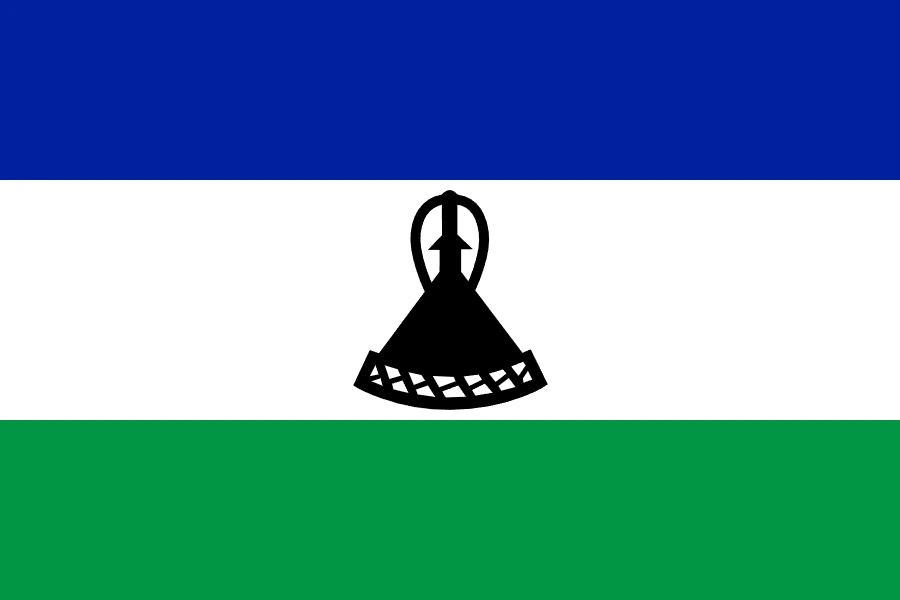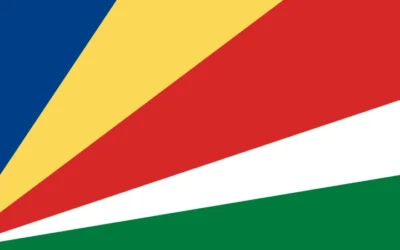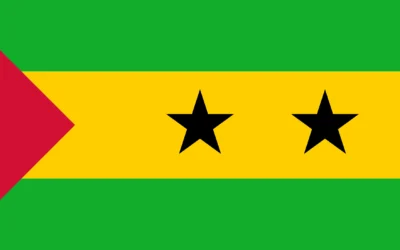Lesotho Travel Guide
Discover Why You Should Visit Lesotho
Why Visit Lesotho?
Lesotho, known as the ‘Kingdom in the Sky’, is a landlocked country completely surrounded by South Africa. With its mountainous terrain, dramatic landscapes, and rich cultural heritage, Lesotho is a haven for outdoor enthusiasts, cultural explorers, and travelers seeking unique, high-altitude adventures.
The country offers a blend of traditional Basotho lifestyle and unspoiled nature, where travelers can explore ancient caves, hike in the Maloti Mountains, and interact with communities that maintain a strong connection to their roots.
Ideal for: Hikers, cultural travelers, eco-tourists, and anyone seeking a peaceful, off-the-beaten-path destination.
Must-Know Facts
Capital/Major City: Maseru
Language(s): Sesotho (official), English
Currency: Lesotho Loti (LSL), South African Rand (ZAR) also accepted
Best Time to Visit: April to October (dry season for trekking and clear views)
Fun Fact: Lesotho is one of the few countries entirely above 1,000 meters in elevation
Top Things to Do
Trek to the iconic Maletsunyane Falls near Semonkong
Ride horseback with local Basotho guides across mountain passes
Explore Thaba Bosiu, the historic fortress of King Moshoeshoe I
Ski or snowboard at Afriski Resort in the Maloti Mountains during winter
Visit Liphofung Cave to see San rock art and cultural exhibits
Local Culture & Lifestyle
Lesotho’s culture is rooted in the Basotho people’s traditions, including their iconic blankets, pony treks, music, and oral storytelling.
Village life is central to the country’s identity, with communal farming, herding, and cultural rites forming a strong societal fabric.
Respect for elders, community gatherings, and traditional dress remain prominent, particularly in rural highland regions.
Food & Drink Highlights
Street Food: Papa (maize porridge), moroho (leafy greens), grilled meats, fat cakes
Restaurants: Traditional Basotho dishes and some South African and continental fare
Drinks: Ginger beer, maize beer, local brews, rooibos tea
Desserts: Pumpkin fritters, sweet porridge, fruit compotes
Main Dish & Culinary Symbols
Signature Dish: Motoho (fermented sorghum porridge often served with meat or vegetables)
Common Ingredients: Sorghum, maize, beans, lamb, pumpkin, spinach
Culinary Culture: Meals are hearty and centered around maize-based staples, often shared with family and guests
Symbols & Icons of the Area
Natural Icons: Maloti Mountains, Maletsunyane Falls, Sehlabathebe National Park
Cultural Icons: Basotho hat (mokorotlo), blankets, ponies, San rock art, rondavel huts
Hidden Gems & Off-the-Beaten-Path
Ts’ehlanyane National Park for hiking, birdwatching, and mountain views
Ha Kome Cave dwellings for a glimpse into early Basotho architecture
Remote villages only accessible by horseback for authentic cultural encounters
Shopping & Souvenirs
What to Buy: Woven Basotho blankets, mokorotlo hats, pottery, handmade jewelry, beadwork
Where to Shop: Maseru craft markets, roadside vendors, and village cooperatives
Getting Around
Public Transport: Minibuses connect major towns but can be infrequent
Car Rentals: Recommended for flexibility; 4×4 vehicles needed for mountainous roads
Tip: Local guides and pony trekking are common ways to reach remote areas
Walkability: Excellent in villages and mountain lodges
Travel Tips
Dress in layers to prepare for changing mountain weather
Altitude can affect some travelers; stay hydrated and acclimatize gradually
Roads can be rough; plan transport with experienced drivers
Travel with cash, especially in rural areas where ATMs and cards are rare
Where to Stay
Budget: Guesthouses and hostels in Maseru and major towns
Mid-range: Lodges and bed-and-breakfasts in mountain regions
Luxury: Boutique mountain lodges, eco-resorts, and cultural retreats
Unique: Pony trekking huts, rondavel stays, and cliffside accommodations
Sample 4-Day Itinerary
Day 1: Arrive in Maseru, visit cultural sites and explore local markets
Day 2: Drive to Semonkong for a hike to Maletsunyane Falls
Day 3: Experience a pony trek through the mountains and traditional Basotho village stay
Day 4: Visit Thaba Bosiu or Ts’ehlanyane National Park before heading back






0 Comments